Something Good #112: Apocalypses Plural
"A palimpsest of apocalypses."

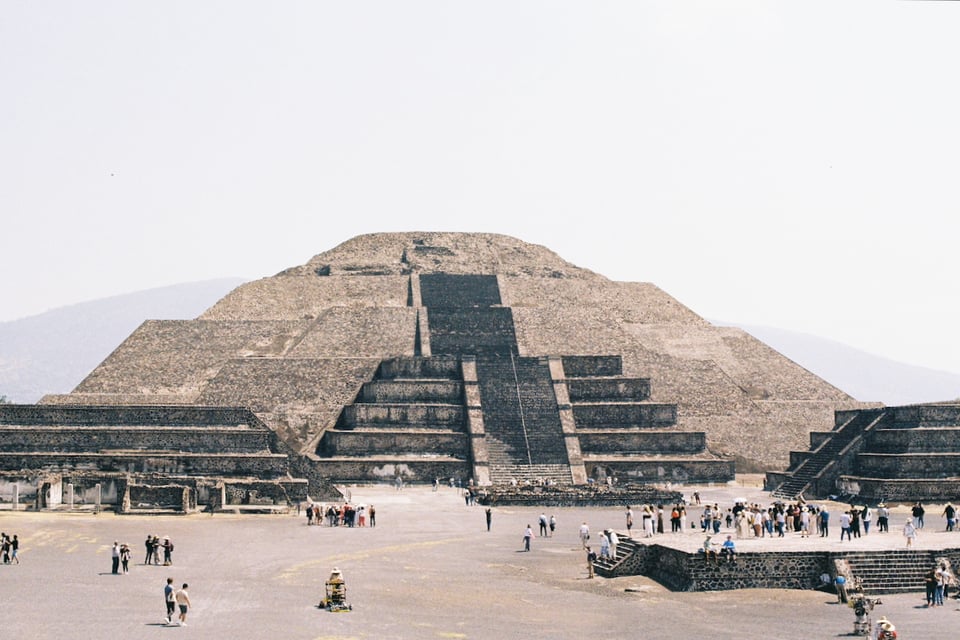
The past flattens as it recedes. Cleopatra lived closer in time to the moon landing than the construction of the pyramids. The Stegosaurus was extinct for 80 million years by the time Tyrannosaurus Rex showed up on the scene, but I’ll always picture them fighting in some primordial jungle.
I’d always assumed that the famous stepped pyramids of Teotihuacan were built by the Aztecs. But when we visited Mexico City in May, I learned how little I knew about the Mesoamerican cultures that predated the Spanish conquest. The site had been abandoned for centuries by the time the Aztecs arrived in the area. They would be the ones to name the city “Teotihuacan,” and in a cascading historical irony, the “Aztecs” themselves were only named as such by a 19th-Century German scholar. (The people we think of when we use that name are more likely to have referred to themselves as “Mexica.”)
The builders of the city of Teotihuacan remain mysterious. What we do know is that at some point their civilization collapsed, as did that of the Aztecs that followed them, as all civilizations have and eventually will, from one or many of a menu of disasters.
Science writer and Mexico City resident Lizzie Wade explores this difficult topic in her new book Apocalypse: How Catastrophe Transformed Our World and Can Forge New Futures. I had the pleasure of hanging out with Lizzie while we were in Mexico, and when I got home I devoured the book, which was fresh off the presses.
I found Apocalypse to be a revelation, pun very much intended. Lizzie explores the terminal convulsions of civilizations as distant in human history as the Old Kingdom of Egypt and as recent as COVID and the ongoing climate crisis. But she doesn’t stop at the moment of collapse. She patiently examines the outcomes and repercussions of each “apocalypse,” showing definitively that they’re not almost never final, and sometimes even opportunities to re-create society in ways that are more equitable, but unimaginable before the crisis. Somehow, she manages to take the term “apocalypse,” with its utter, dire finality, and denature it. There’s no one, terminal apocalypse; there are many, they’ve always been part of human civilization, and the question is how to live with them. She writes:
Our own apocalypses are coming, or maybe they are already here. The more we know about the apocalypses that came before, the more prepared we will be to walk forward into our own uncertain tomorrows. We need to change how we think about human history—not as an inevitable march of progress but as a story of crises, cataclysms, and endings. Only when we do that will we be able to see our current world as just one, imperfect, already postapocalyptic option among many ways of being, and to understand each coming ending as a chance for a new beginning.
I wanted to talk to Lizzie further, so I invoked an ancient Something Good tradition, and asked her to recommend something to our readers. She chose Mexico City itself, a city she’s lived in, and written about for years.
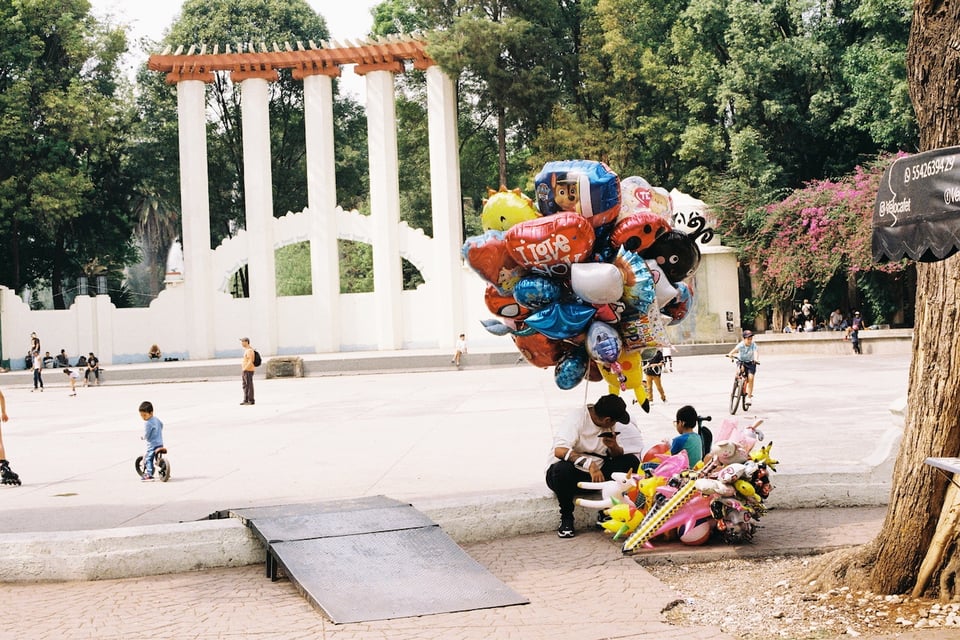
One thing I find really fascinating about Mexico City is that it was basically rebooted in every sense, even geographically, after the conquest. What was once a small island on a lake is now a metropolis of 21 million people, no lake in sight.
Yeah—even the original Aztec city, Tenochtitlan, didn’t follow any natural patterns. When it was founded, it wasn’t a spot that anybody really wanted to live in. But the Mexica managed to make it a fantastic and really powerful centre of their lives and politics.
When they first got to the valley of Mexico as migrants from the north, it had been a center of human population for thousands and thousands of years and was already really crowded. And they were like, OK, what's left over? I guess this island that nobody else is really paying attention to, because why would you do all the work of living on this tiny little lake island if you could live on the lakeshore and have, like, unlimited space for your cornfields? So even the city’s original foundation was a unique kind of urban planning moment and necessitated a lot of ingenuity and creativity.
It wasn’t a total rejection of the environment, more like a managing of it and figuring out how to live within it in the least disruptive way possible. And then, of course, when the conquista happens, all of that stuff gets literally destroyed and torn down to rubble in the war.
Something that I try to always keep in mind when I think about that rebuilding moment after the war was just how destroyed the city was. Even if the Mexica had won, whatever had come after would still have had to look really different from what came before because it was literally torn down to rubble and a lot of the water infrastructure was filled in.
It was really interesting, and a new beginning, and then colonialism comes in and just ruins all of that.
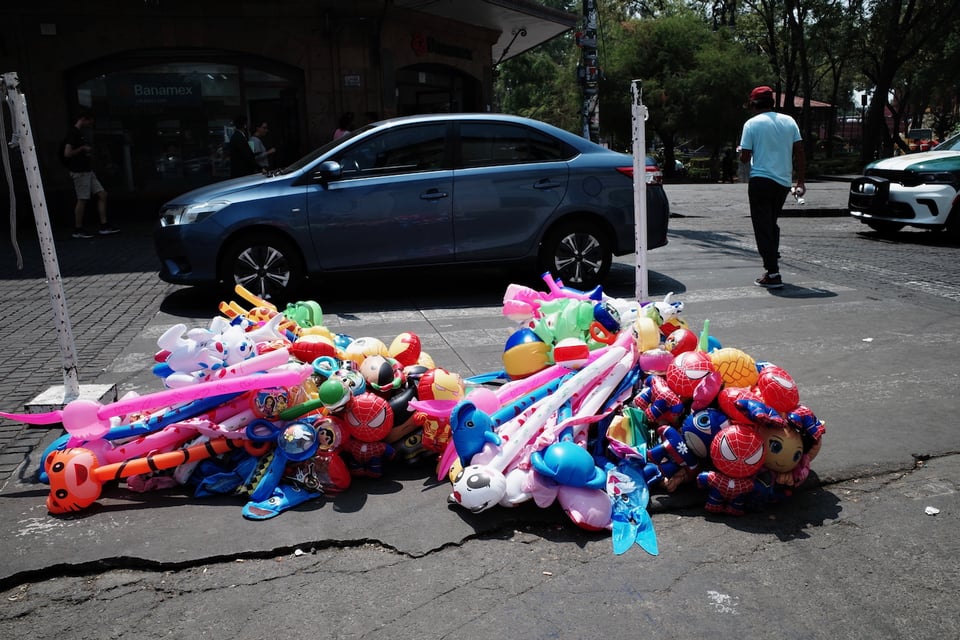
Despite this apocalypse that befell Mexico City, this is still a place that you love and were drawn to, where culture and beauty continues to flourish.
When I came here in my early 20s I didn’t really know anything about the city. For months and even years after I started living here, I didn’t realize that there was all this stuff to learn about the environment, because it’s been obscured by today’s urban sprawl. Especially if you’re not Mexican and didn’t grow up learning about the Aztecs.
It was a long time before I figured out that there was so much to learn about it. I kept peeling back these layers and saying, like, “Why does it flood every week during the rainy season? Why are the earthquakes so bad when there’s no fault here?” When I peeled back those layers of things that affected my own life on a day-to-day basis, it revealed to me all the past apocalypses that been building on each other, covering each other over but still amplifying their effects. It just seemed more and more like a palimpsest of apocalypses.
And yet—the current, top layer of that palimpsest is not a wasteland. It’s an amazing city with incredible culture, incredible energy, incredible art and incredible history. It’s not despite the fact that the city is a palimpsest of apocalypses that all that stuff happens, but because of it. That duality, that real challenge of thinking about how all the things that are good about this place are also the things that are bad about it, unlocked my thinking about apocalypses in the past and led me to some of the theses in my book.
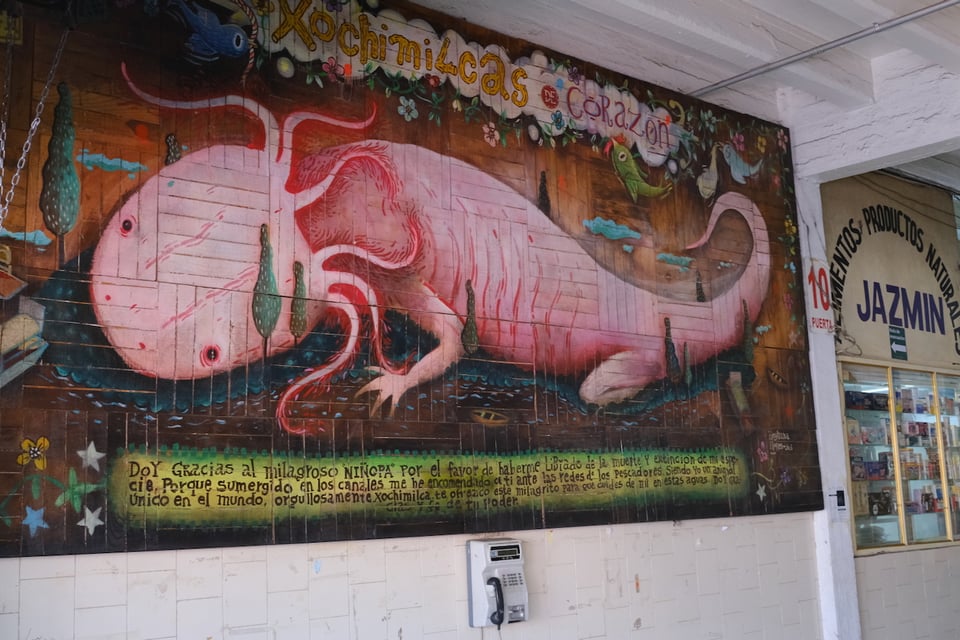
We went to Xochimilco, and the guide showed us this church that had been built from bricks taken from a destroyed Mexica temple. He pointed out all these sacred motifs in the stonework that remained from its original purpose, and told us that it allowed people go to the building and worship the old gods in secret while looking for all the world like they were participating in a Catholic service. And I thought about how centuries after the conquest, more than one and a half million people still speak the Aztec Nahuatl language, and how the culture wasn’t destroyed at all, but is really at the core of Mexican culture.
I always think about the Virgin of Guadelupe, who is obviously a symbol of Mexican national identity, and in the independence movement she was a really important banner who people fought under. She’s a Catholic icon, and her legend is that she appeared to an indigenous convert a generation or two after the conquest.
Who that convert was, and what exactly happened and where is all kind of unclear at this point, but the basilica that people make pilgrimages to today, where her image is displayed, was originally a holy site for the pre-colonial Mexica people. It’s at what would have been the north shore of the lake, right where you would have entered the causeway that would take you to the downtown of the city. And it’s where this mother goddess, Tonantzin, was worshipped.
When I first started learning about the history of Mexico, it was easy to see the appearance of the Virgin of Guadalupe as an imposition, part of the violence and the erasure of the conquest.
But you get deeper into the story, and especially all the debates around it, which I don’t know everything about, but enough to say that it’s really complicated. And you start to think, like, OK, who’s tricking who here? Is it an imposition? Is it a smuggling in of continuity? It was probably never one or the other, and especially looking at it 500 years later, it was always both of those things. And it’s led to something completely new.
In all that energy of rebirth and re-creation there can be a lot of violence and oppression. But there can also be a lot of creativity and survival and figuring out how to keep going as something, as the person who you still want to be. It doesn’t immediately erase identities or communities, those get carried forward even though they might not look exactly like they did before.
Apocalypse: How Catastrophe Transformed Our World and Can Forge New Futures is now in stores. I encourage you to purchase it from your local independent bookseller. Her newsletter is also a great sub.

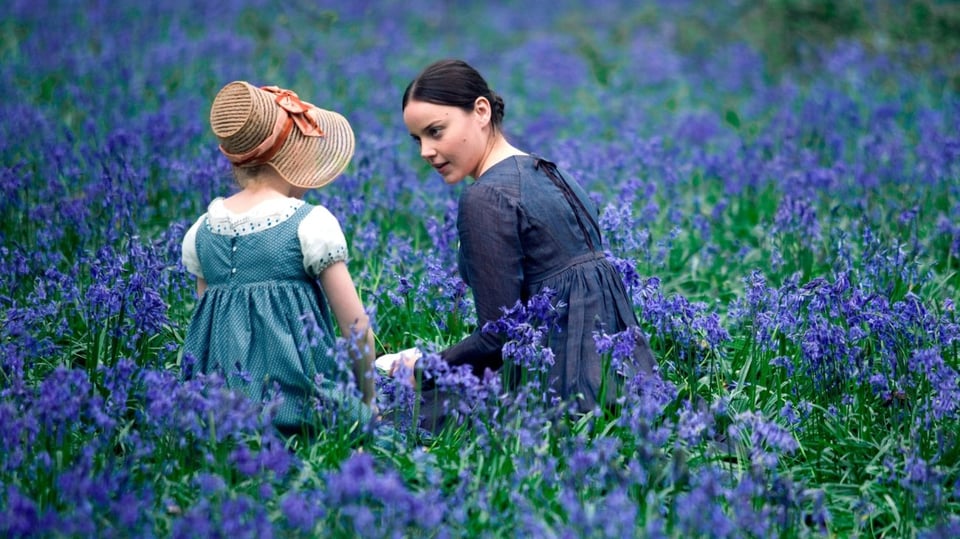
I was honoured to be one of 500 people asked to contribute a ballot to the New York Times “The 100 Best Films of the 21st Century” feature. I spent weeks agonizing over my last, making little alterations until the very last second. It was only when the full list was published that I realized I couldn’t remember what my final submission had been. After carefully reconstructing the list from my Notes app, I’m pretty sure my Top 10 was as follows (in no particular order):
Historias Extraordinarias (Mariano Llinás, 2008)
La chimera (Alice Rohrwacher, 2023)
Paprika (Satoshi Kon, 2006)
Syndromes and a Century (Apichatpong Weerasethakul, 2006)
Bright Star (Jane Campion, 2009)
24 Hour Party People (Michael Winterbottom, 2002)
Mad Max: Fury Road (George Miller, 2015)
Mother (Bong Joon Ho, 2009)
Stories We Tell (Sarah Polley, 2012)
Mulholland Drive (David Lynch, 2001)
Movies I agonized over and very easily could have also made it in include Children of Men, Portrait of a Lady on Fire, Oslo, August 31st, Election (Johnnie To), Songs From the Second Floor, Morven Callar, Let the Right One In, Attack the Block, Inglourious Basterds, The Clock, Under the Skin…
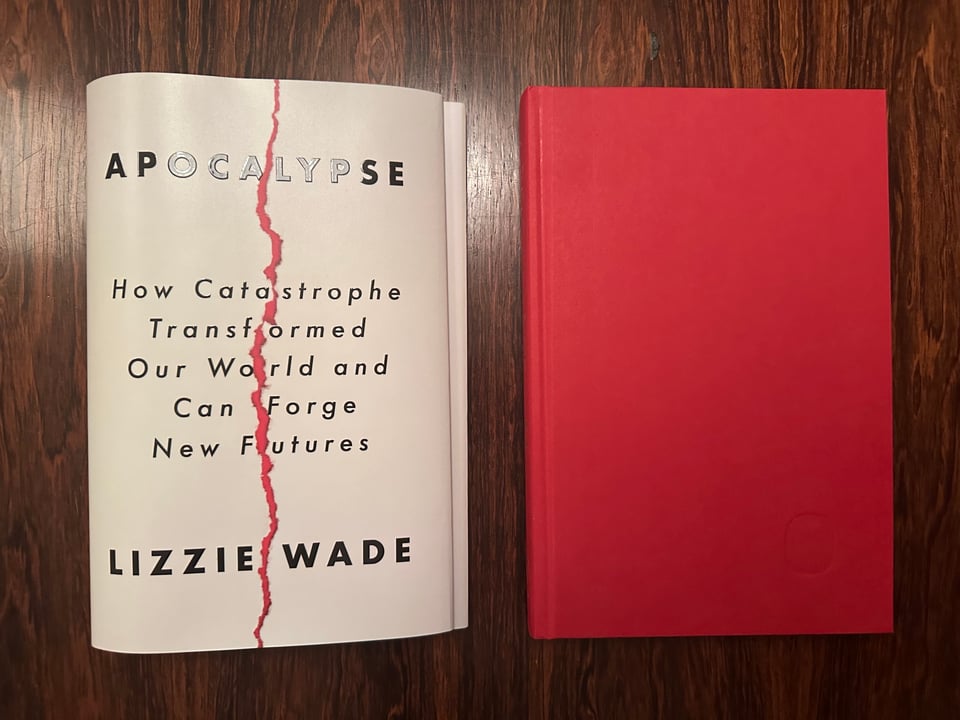
This week’s #nojacketsrequired is brought to you by, well, you can guess. This is a nice dust jacket—but I’ll take the lovely red binding any day. Send me your discoveries at slutsky.mark@gmail.com.
Bonus track:

An album I’m enjoying is Sally Shapiro’s Ready to Live a Lie. A book I’m enjoying is China Miéville’s October: The Story of the Russian Revolution. A game I’m enjoying is Death Stranding 2: On the Beach. If this newsletter is something you’re enjoying, please tell a friend or subscribe below.
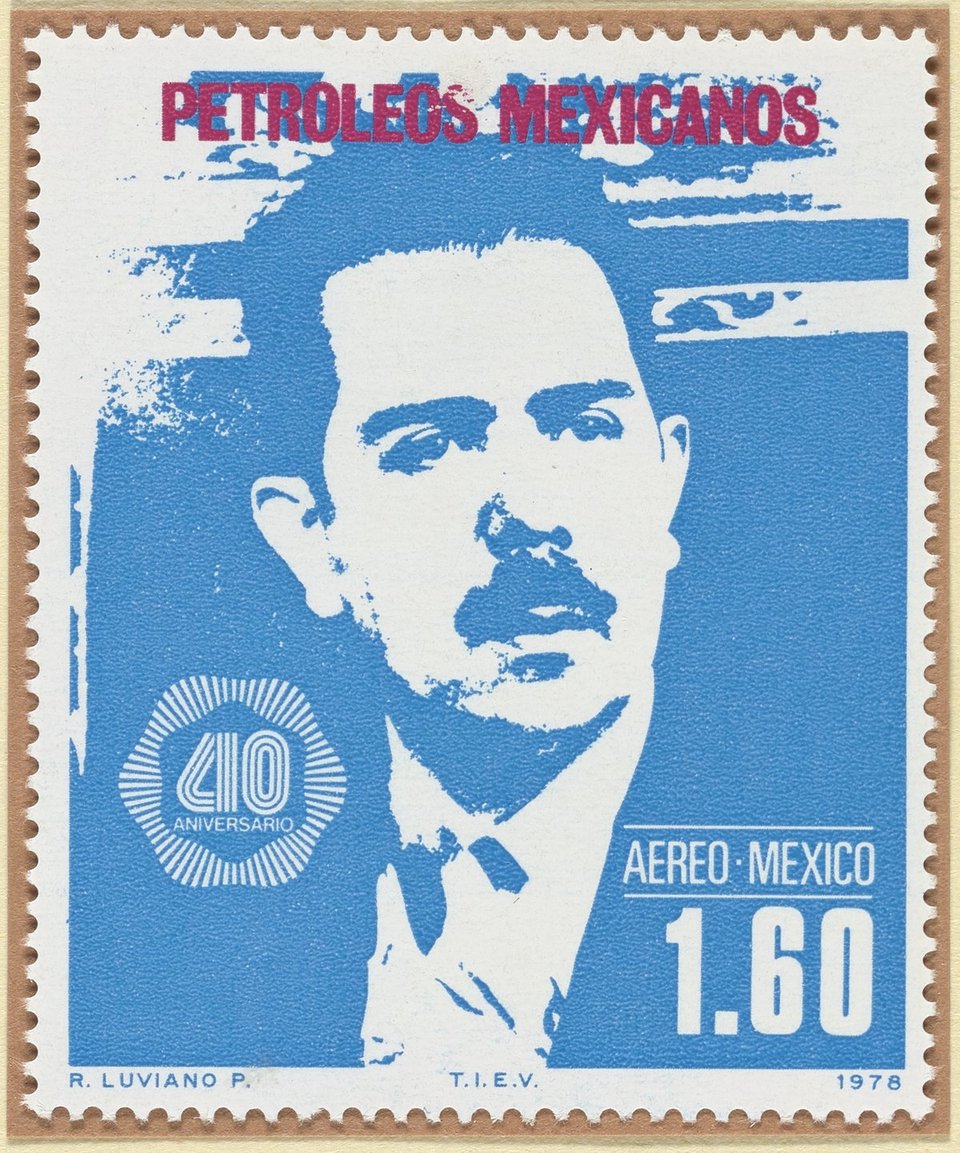
Cinematographer Greig Fraser would go on to shoot, of all things, Rogue One and the Dune movies. ↩
Add a comment: